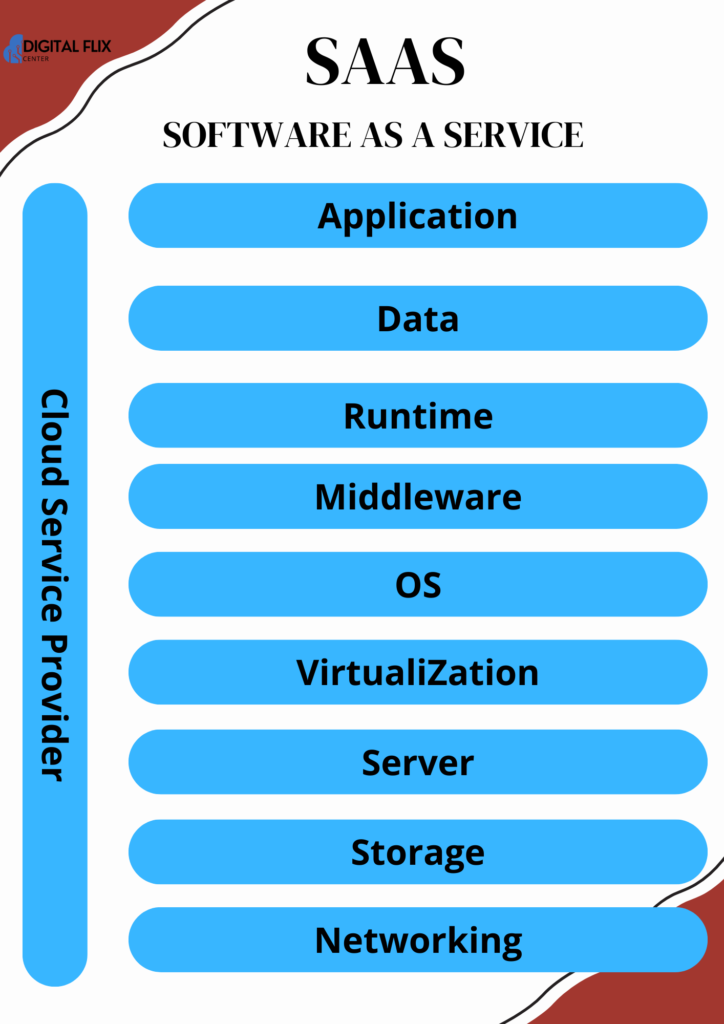In today’s digital age, cloud computing is not just a buzzword; it’s a game-changer. Whether you’re a business owner, an IT professional, or just a tech enthusiast, understanding cloud computing is important. In this blog, we’ll explore what cloud computing is, its types, benefits, and its impact on industries around the world.
What is Cloud Computing?

Cloud computing is a technology that provides various computing services – such as servers, storage, databases, networking and software – over the Internet, commonly referred to as “the cloud.” This eliminates the need to own or maintain physical hardware or data centers. Instead, users can access these resources whenever they need them and from anywhere and pay only for what they use, providing unmatched flexibility, scalability and cost efficiency.
Types of Cloud Computing
Cloud computing is classified into three main types based on the deployment model and service model:
1. Deployment Models
- Public Cloud: Services delivered over the internet and shared among multiple users. Examples: AWS, Google Cloud, Microsoft Azure, DigitalOcean.
- Private Cloud: Dedicated specifically for a single organization, providing better control, stronger security, and customized solutions. Perfect for industries with strict regulatory and compliance demands.
- Hybrid Cloud: A combination of public and private clouds, which enables data and applications to be shared between them for greater flexibility.
2. Service Models
IaaS (Infrastructure as a Service): Provides virtualized computing resources, including servers and storage, allowing users to customize and configure the infrastructure to meet their specific needs.

PaaS (Platform as a Service): Provides developers with a platform and tools to build and deploy applications without worrying about managing infrastructure.

SaaS (Software as a Service): Delivers software applications over the Internet, often on a subscription basis. Examples: Salesforce, Microsoft 365, Zoom.

Benefits of Cloud Computing
1. Cost Efficiency
Cloud computing eliminates the need for significant capital investments in hardware and software, helping businesses redirect those resources toward strategic priorities. By adopting a flexible pay-as-you-go model, it helps organizations reduce unnecessary expenses and optimize cost efficiency.
2. Scalability and Flexibility
Whether you are a startup or a multinational corporation, cloud computing scales to your needs. Resources can be scaled up or down instantly depending on the workload demand.
3. Enhanced Collaboration
Cloud platforms facilitate collaboration in real-time. Teams in different locations can access, edit, and share data seamlessly.
4. Security and Backup
Cloud providers invest heavily in protecting data and often offer automated backup and disaster recovery options.
5. Environmental Benefits
By optimizing resources and reducing the need for physical hardware, cloud computing contributes to reducing carbon emissions.

Applications Across Industries
- Healthcare: Securely storing patient records and enabling telemedicine.
- Education: Providing online learning platforms and tools.
- Finance: Detecting fraud and providing secure online banking solutions.
- Retail: Powering the e-commerce platform and managing the inventory system.
- Entertainment: Providing streaming services like Netflix and Spotify.

Future of Cloud Computing
As technologies such as AI, IoT and 5G continue to develop, cloud computing will play an even bigger role. Edge computing, serverless architectures and multi-cloud strategies are shaping the future, providing unique opportunities for innovation.

Conclusion
Cloud computing has revolutionized the way businesses operate and individuals connect with technology. Its unparalleled flexibility, seamless scalability, and cost-efficiency have established it as a fundamental pillar of contemporary IT infrastructure, driving innovation and efficiency across industries.


